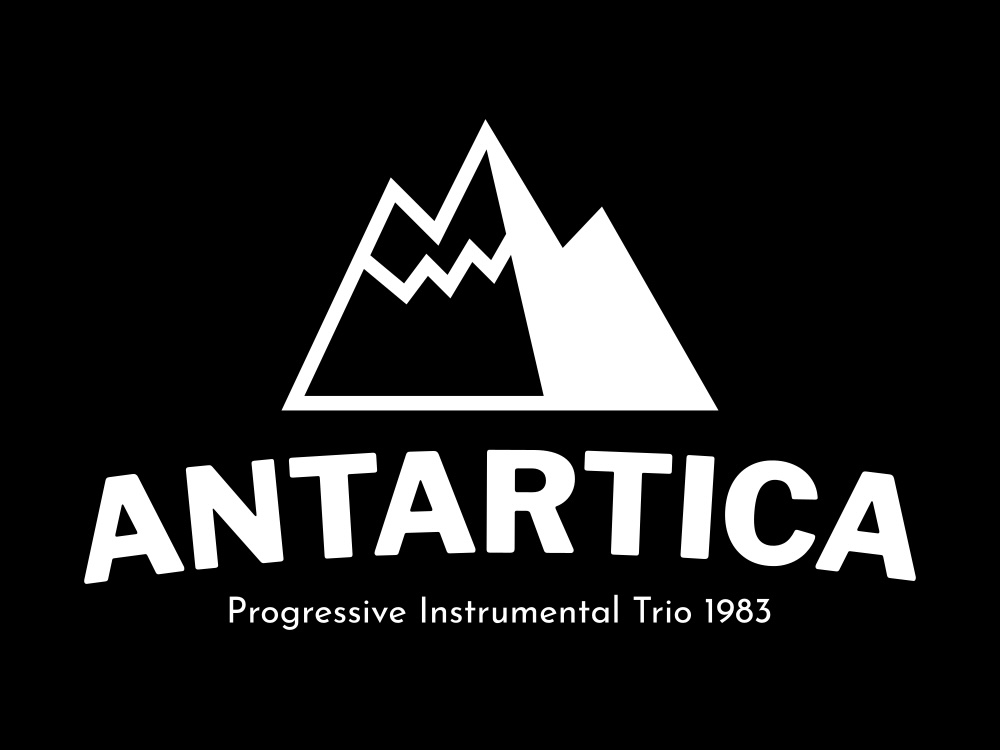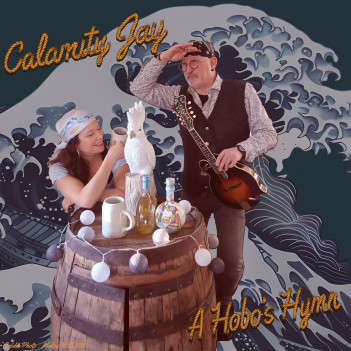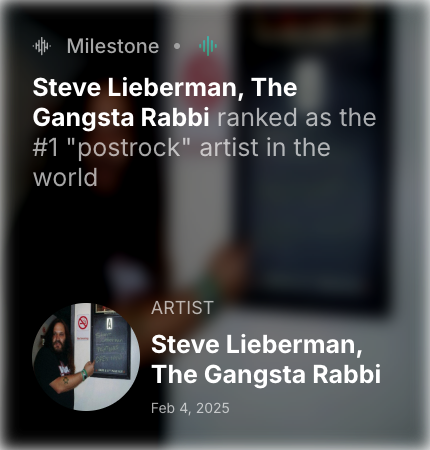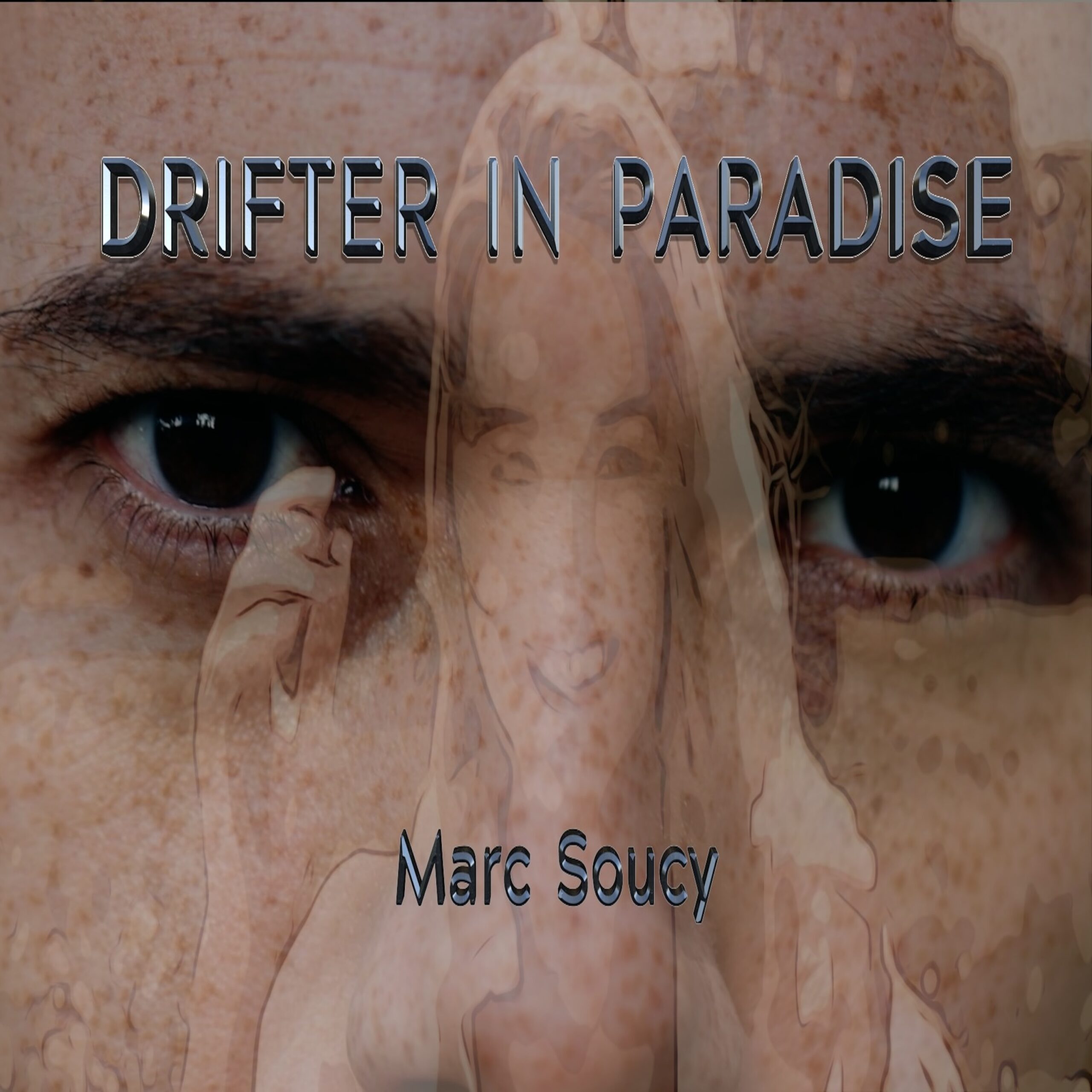Naomi Neva’s Burning opens with a raw guitar hook that immediately stakes its claim. The notes are jagged yet melodic and set a tense mood that mirrors the track’s themes of wildfire and betrayal. This is not a song hidden behind layers of sheen. It stands exposed, just like the landscapes it references.
Vocally, the delivery is unflinching. Neva’s voice carries the weight of childhood memory and present grief. When she sings of smoke rolling in and shy apologies that never arrive, she captures a moment that is both personal and universal. There is no overproduction here—every breath and inflection cuts straight to the heart.
Underneath the guitar, the rhythm section is subtle but steady. The drums hold a quiet pulse that drives the song forward without pulling focus from the vocals. As the track unfolds, you notice small electronic textures woven in the background. These ambient touches create a sense of space and distance as if you are watching flames dance just beyond reach.
Lyrically Burning balances the literal horror of wildfires with the metaphorical blaze of broken promises. Lines about running from the hills and hearing half-remembered warnings become shorthand for every time someone we trusted let us down. The song does not offer neat resolutions. Instead, it sits in that tension between loss and determination to keep going.
Produced in Naomi’s home studio and polished at Abbey Road Studio,s the track combines DIY spirit with professional clarity. It delivers a powerful reminder that music can process trauma and ignite a sense of shared experience. Burning is both a personal reckoning and an anthem for anyone learning to stand in the ashes and rebuild.









